Vaccines 101: Vaccination, Immune System, and the COVID-19 Vaccine – Benefits and Side Effects
The question of how a vaccination would work to combat the current COVID-19 pandemic is a major concern right now. Everybody has their own perspective on the situation, and in some people’s minds, vaccines do not fit into the equation. Therefore, it’s extremely important to understand what a vaccine’s purpose is, how it is supposed to achieve that purpose, how a vaccine is developed, and its benefits versus side effects before coming to a final conclusion on the subject as it relates to the pandemic. To understand a vaccination’s purpose it is necessary to first understand how a pathogen works. A pathogen is essentially any foreign material (foreign in the sense that it is not a part of the human body), that can cause disease or a malfunction of the body. They spread from surface to surface and person to person.

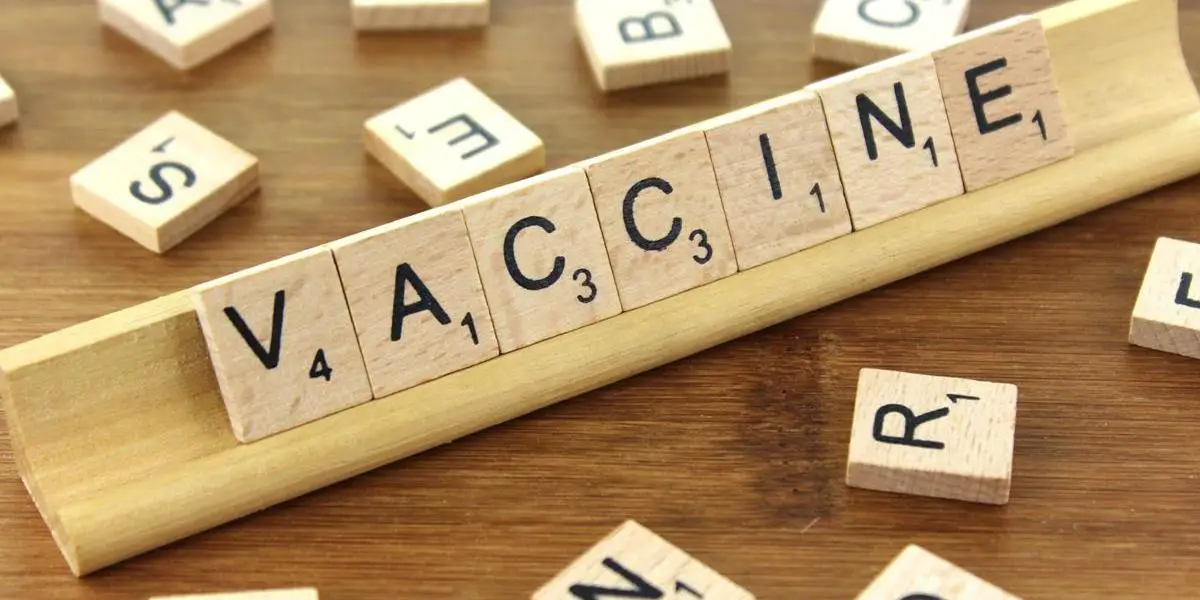


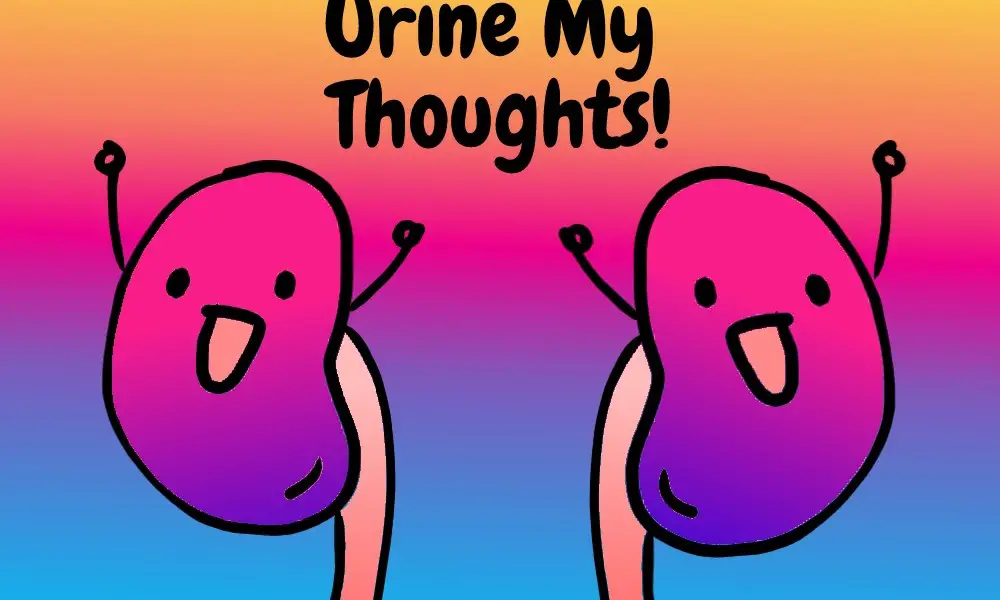

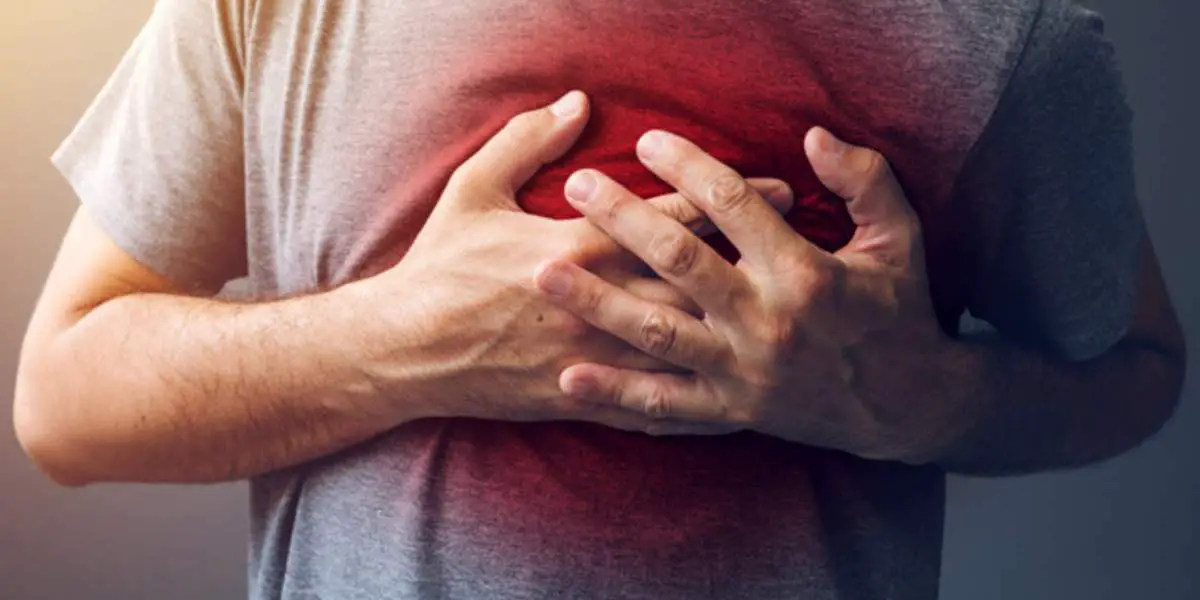



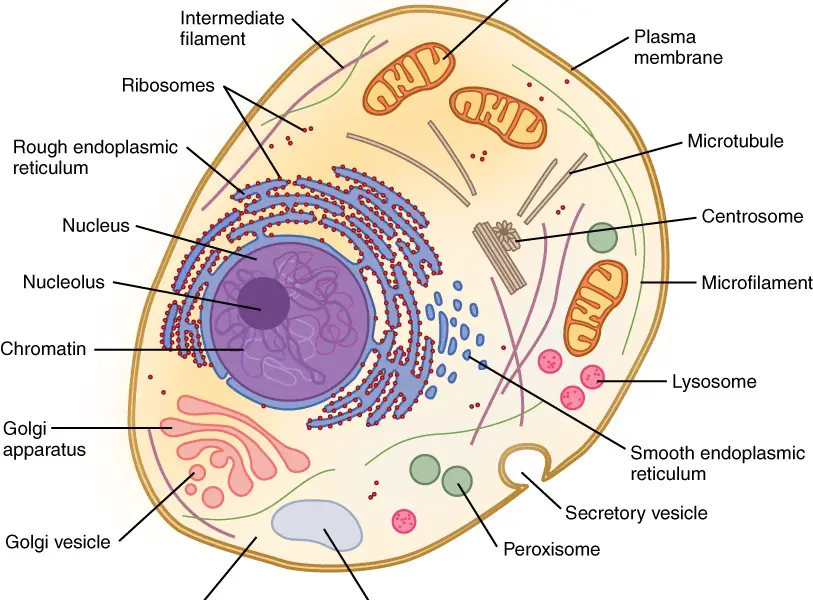



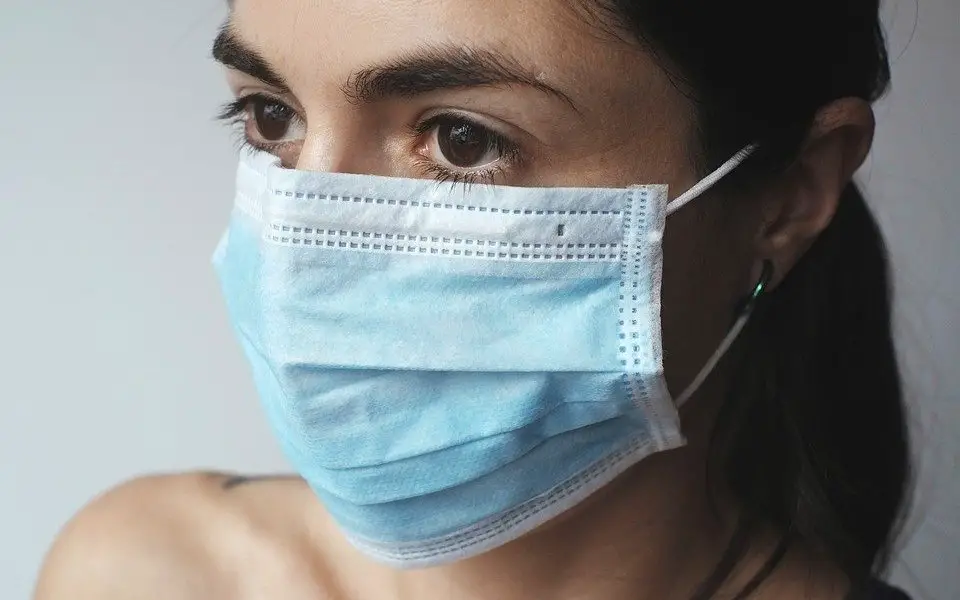

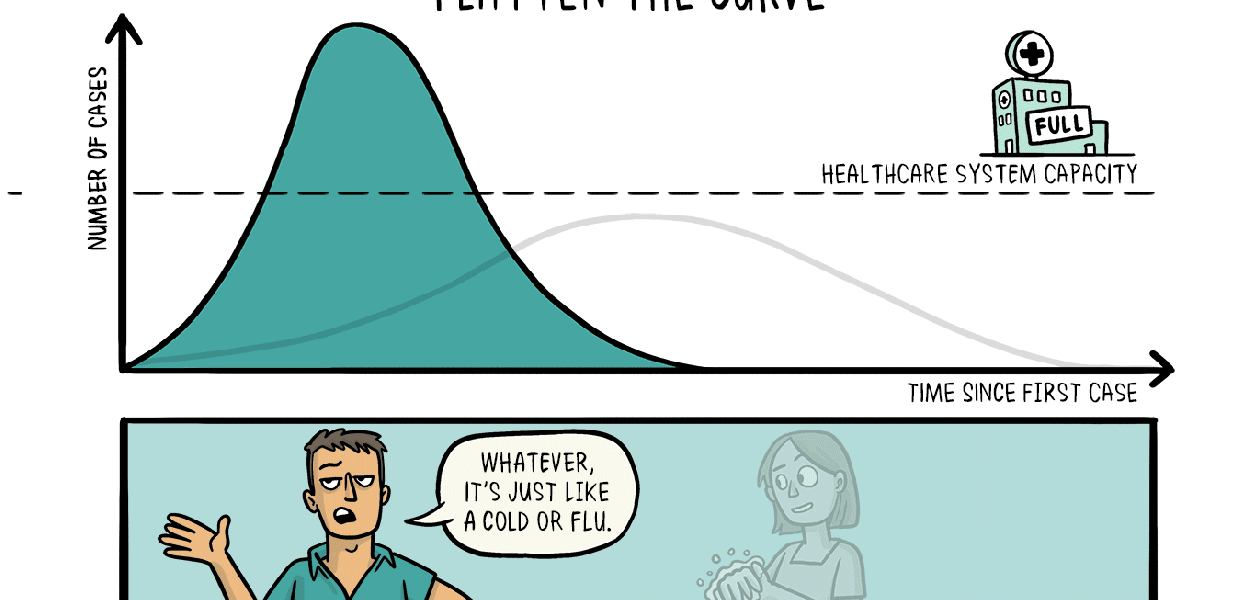
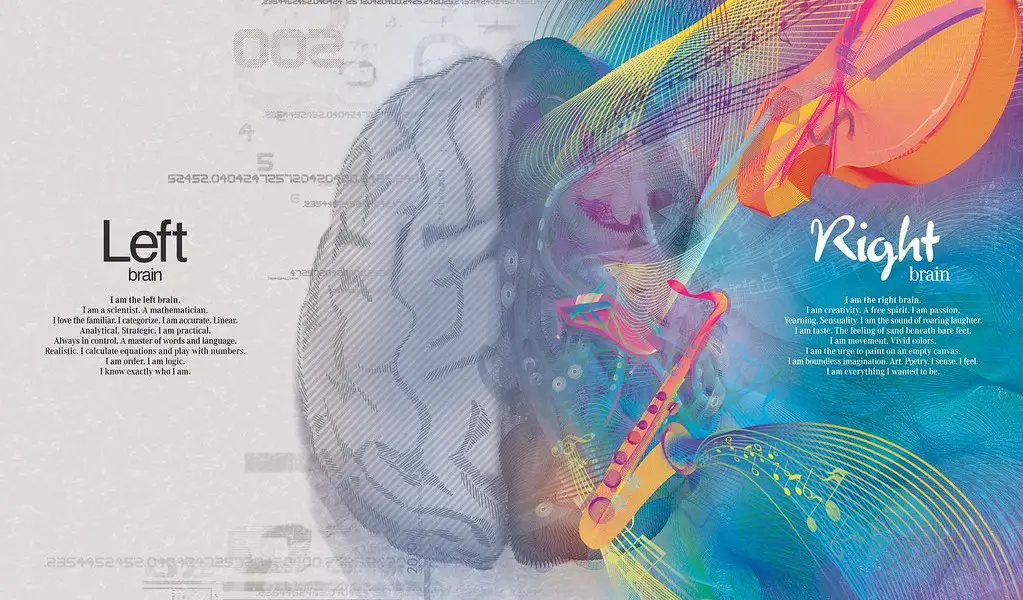

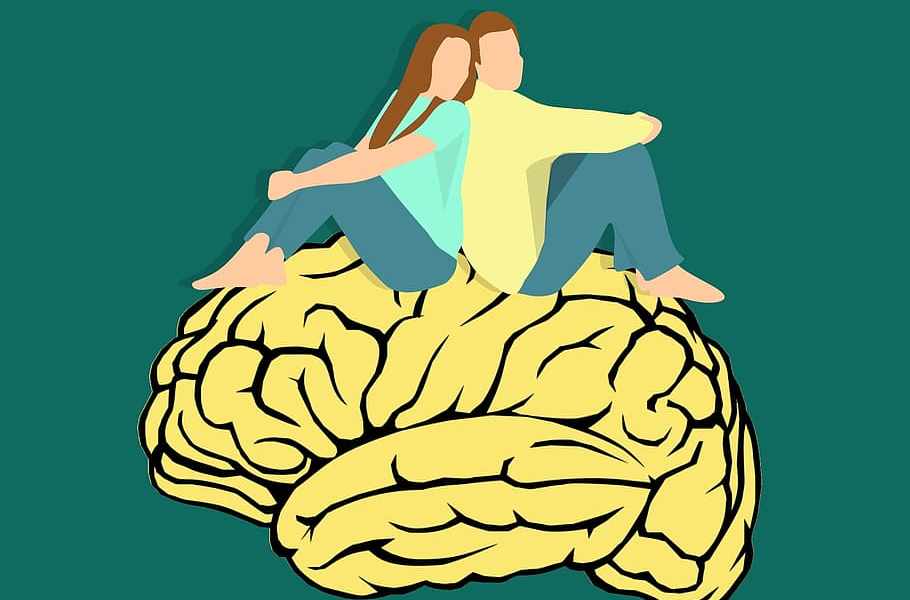














![Do Androids Dream of Electric Sheep? - Literary Analysis [Part 2]](https://i0.wp.com/moosmosis.org/wp-content/uploads/2016/07/depiction_of_a_futuristic_city.jpg?resize=200%2C200&ssl=1)
